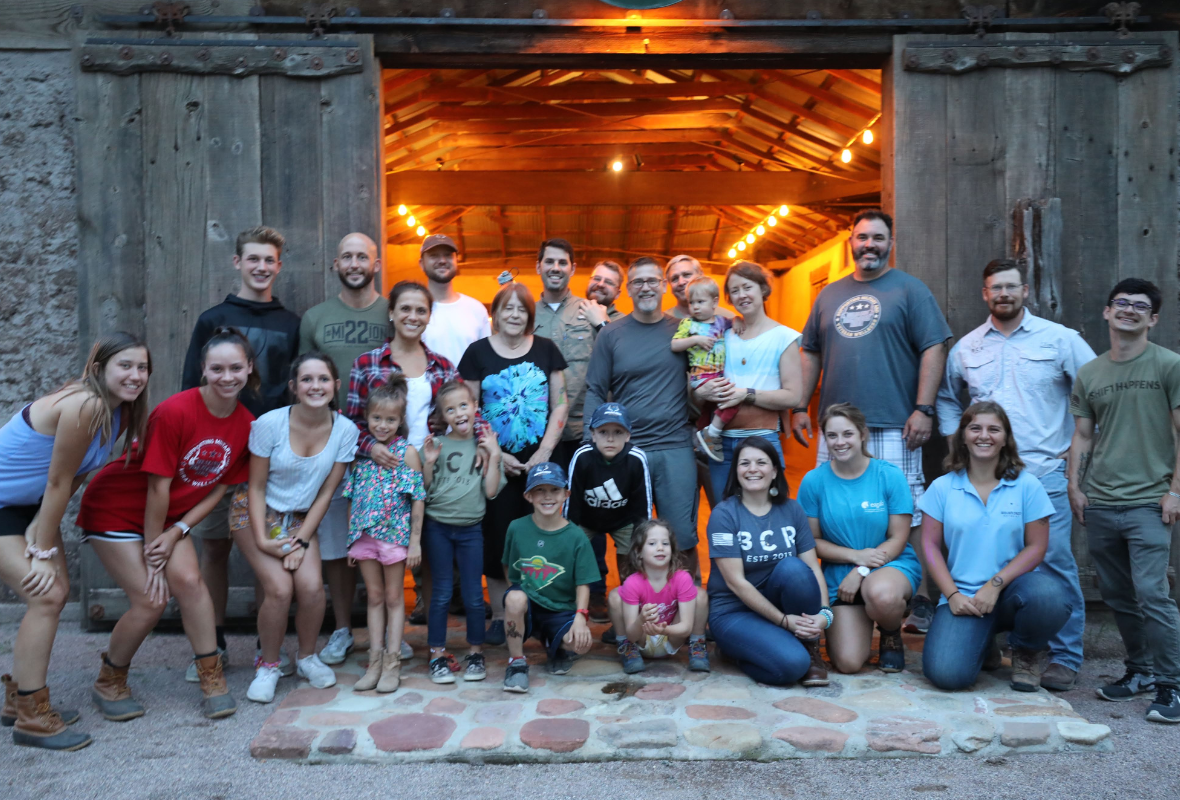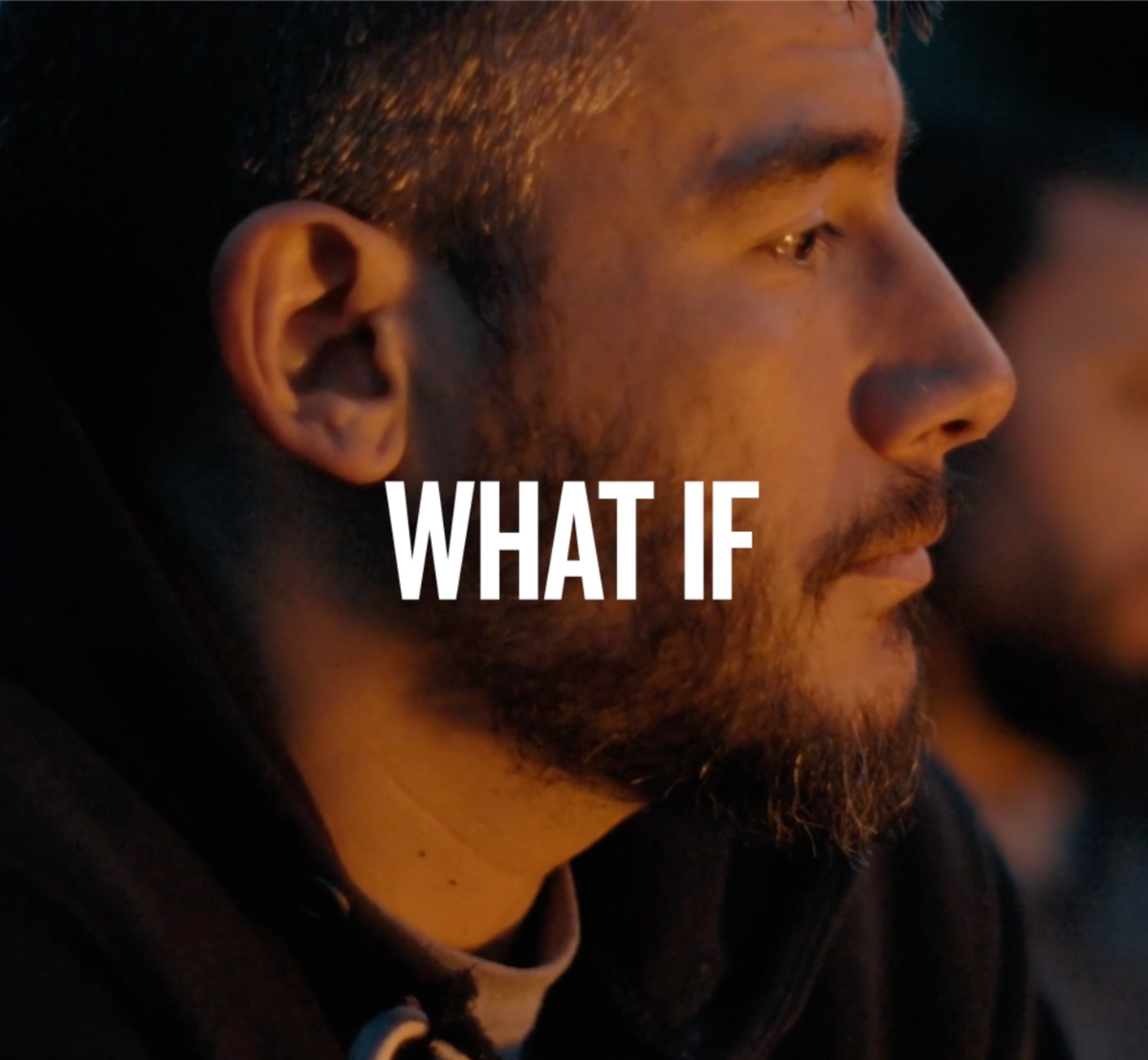This chapter in Violence and Trauma in the Lives of Children: Prevention and Intervention explores the concept of posttraumatic growth (PTG) in children.
Children can be quite extraordinary in their ability to manage stressful life events. This chapter considers one of the most remarkable ways they may respond: an apparent transformation of core beliefs about their world, themselves, and their futures called posttraumatic growth (PTG). It provides an overview of PTG and evidence of its applicability to children.
The chapter considers developmental competencies that likely support PTG among children and discusses ways that clinicians and parents can foster PTG in children. The overlapping aspects of resilience and PTG stem from the concept of multifinality or the idea that there are many possible outcomes after experiencing a trauma, one of which is personal growth.
The adaptive integration of cognitive and emotional abilities is a hallmark of healthy functioning that emerges over the course of childhood and may set the foundation for PTG among children. Cognitive processing of the trauma through rumination is thought to be vital in facilitating PTG by helping one accept his or her new reality and its implications for one’s future. Parents and other significant adults are critically important in promoting PTG in children. Treatment for childhood trauma that involves caregivers is more effective than treatment without caregivers
Read the Article “Posttraumatic Growth and Resilience” https://publisher.abc-clio.com/9781440852596/1
Give strength & hope to those who serve
Your support powers life-changing programs offered at no charge to veterans, military, first responders, and their families. With your help, our Warriors won't just survive — they'll thrive.

